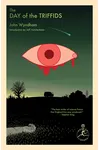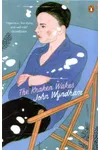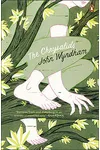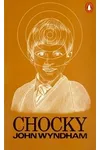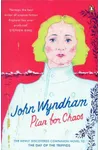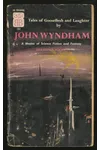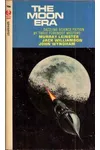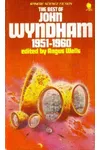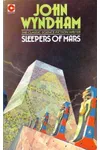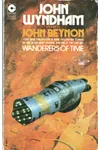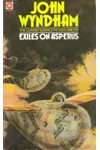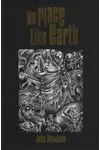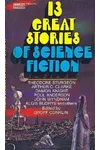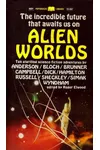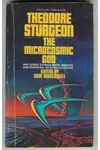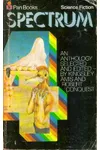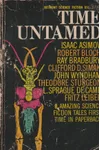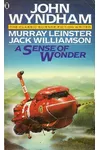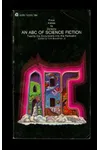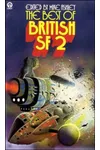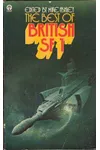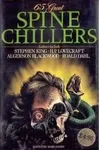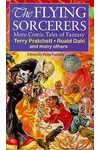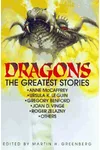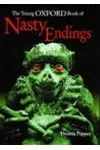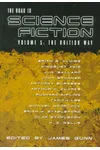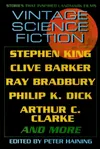Picture an English storyteller who turned flesh-eating plants into a literary sensation—meet John Wyndham! Born in 1903, Wyndham crafted science fiction that blended chilling concepts with a distinctly British charm. His 'cozy catastrophe' style, especially in The Day of the Triffids, hooked readers by exploring human resilience against eerie, world-altering threats.
Wyndham’s knack for grounding the fantastical in everyday life made his novels timeless. From post-apocalyptic landscapes to societal upheaval, his stories resonate with readers who love thrilling yet thoughtful tales. Let’s dive into the life and legacy of this sci-fi trailblazer!
The Making of John Wyndham
John Wyndham Parkes Lucas Beynon Harris—yes, that’s his full name—was born on July 10, 1903, in Knowle, England. Raised in a middle-class family, he bounced between boarding schools before trying his hand at various jobs, from law to advertising. Writing, though, was his true calling. Under pseudonyms like John Beynon, he penned short stories for pulp magazines in the 1930s, honing his craft in speculative fiction. World War II, where he served as a censor and in the Royal Signal Corps, shaped his views on humanity’s fragility, fueling his later masterpieces.
John Wyndham’s Unforgettable Stories
Wyndham’s breakthrough came with The Day of the Triffids (1951), a chilling tale of a world blinded by a meteor shower and overrun by ambulatory, carnivorous plants. Its blend of horror and quiet British stoicism defined the 'cozy catastrophe' genre—disaster stories where survivors rebuild with grit and tea. The novel’s exploration of human adaptability remains a sci-fi cornerstone.
Other gems include The Kraken Wakes (1953), where rising seas and alien invaders threaten humanity, and The Chrysalids (1955), a poignant story of telepathic mutants in a post-nuclear world. The Midwich Cuckoos (1957), about eerie, hive-minded children, inspired the film Village of the Damned. Wyndham’s style—crisp, accessible, and laced with social commentary—made complex themes like scientific hubris and societal collapse relatable.
His stories often start with a single 'what if'—what if plants could walk? What if children weren’t human? This imaginative spark, paired with his focus on ordinary people facing extraordinary odds, keeps his work fresh and gripping.
Why John Wyndham Matters
Wyndham’s influence on science fiction is immense. His cozy catastrophes paved the way for authors like J.G. Ballard and modern dystopian tales. By blending horror with hope, he showed that sci-fi could be both thrilling and introspective. His works, translated into dozens of languages, continue to captivate readers and inspire adaptations, from radio plays to films.
Beyond entertainment, Wyndham’s stories probe timeless questions: How do we survive when the world changes? What does it mean to be human? His legacy lies in making us ponder these ideas while keeping us glued to the page.
- Born: July 10, 1903, in Knowle, England
- Key Works: The Day of the Triffids, The Kraken Wakes, The Chrysalids, The Midwich Cuckoos
- Died: March 11, 1969, in London
- Fun Fact: He used multiple pseudonyms, including John Beynon and Lucas Parkes!
About John Wyndham
Ready for a thrilling read? Snag The Day of the Triffids and dive into John Wyndham’s unforgettable sci-fi world!
